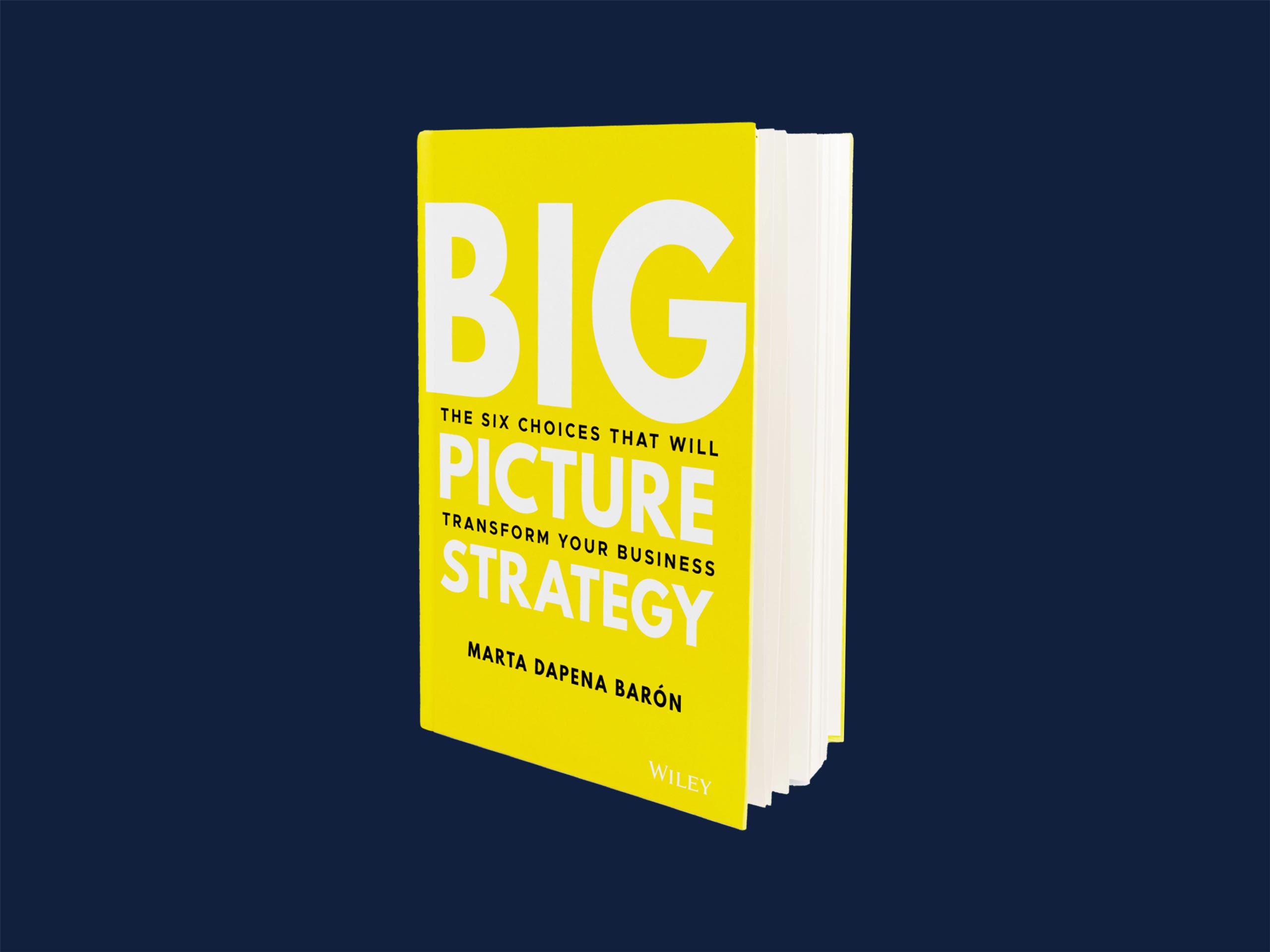A few years ago, while working at one of the most respected management consulting companies in the world, I realized that most of the strategic planning work we did for our clients never got implemented. A particularly memorable experience occurred during a relationship review meeting with one of our core clients, a Fortune 50 retailer. Our director in charge of the account was literally screaming at the CEO and pointing at a drawer while saying, “We refuse to do one more project for you that ends up in that drawer! You need to implement our work or this relationship will no longer make sense for either of us.” Despite the threats and impassioned speech, the consulting relationship continued for years, and I am sure the drawer containing all those never-implemented strategic plans got heavier and heavier. Over time, I have come to realize that frustration with strategic planning is as common as the plans themselves.
I now use the phrase ‘in-the-drawer’ strategic plan to refer to the traditional strategic planning process. The traditional process goes something like this:
- We work intensely for a month or two collecting data from our teams and holding meetings.
- We prepare a lofty plan for category domination, customer adoration and competitive annihilation.
- We present the plan to management, they approve it.
- And then we put the plan away, ‘in the drawer’ literal and figuratively, to never look at it again.
Why does this happen? How can we fix it? Two impediments to better strategic planning are misdirected incentives and inadequate tools.
Misdirected Incentives: Most organizations reward outcomes rather than process. The focus is almost obsessively on obtaining financial results, and the organizational process to get there gets much less attention. Ironically, process improvements happen when results are not met; conversely, when growth is robust, process is deemphasized or completely overlooked. This focus on financial results drives a short-term orientation that runs counter to the naturally long-term focus of strategic planning and impedes organizational learning. A focus on organizational is diminished when we model that getting the right result trumps doing the right thing.
Inadequate Tools: A surprising number of B2B companies lack an established framework for planning. They create a format for presenting the financial commitments of each business unit, but the strategic plan format gets reinvented every year and each business unit crafts a PowerPoint story as they see fit. The lack of a consistent analysis toolset causes communications inefficiencies. Managers viewing the presentations miss parallels amongst the strategic stories presented by each team. Anyone picking up a strategic plan absent the talk track, is left to interpret skeletal PowerPoints. Cross-business unit communications are impeded as each uses tools in a silo; sometimes, even value propositions take totally different formats from product to product unit, clouding the overall brand.
Seeking a common marketing vocabulary:
In addition to lacking a homogenous analysis toolset and strategic planning format, many also lack a common vocabulary. B2B organizations have well-defined finance and operations vernaculars, however, the language of marketing and sales is still vague. Within the same company, words like ‘customer,’ ‘category,’ and ‘segmentation’ have a variety of meanings or aren’t defined at all. Absent specific definitions, metrics and analyses use a low common denominator. Market sizes are computed by simply adding the sales of all like products, and customer metrics, when they exist, are calculated for average accounts, including those that are unprofitable. As a result customers receive similar loyalty focus regardless of merit, and each account’s sales terms are as favorable as their sales person’s ability to advocate on their behalf.
Despite the thousands of articles about customer loyalty and customer measurement, customer analysis is weak in many B2B organizations. The marketers we work with complain that data to conduct customer lifetime value calculations and commercial spend optimization is just not available. As a result, most of the strategic plans we see are framed around products rather than customers, and annual as opposed to life-time profitability.
We counter that even when data is not readily available, asking the right questions and guesstimating enables the formulation of critical strategic hypotheses: What makes for a successful customer relationship? What conversion rates do we have on our current leads? What segmentation variables are most promising for our brands? Marketing is decision-making under uncertainty, and anything we can do to reduce uncertainty, including educated guessing, is valuable.
Organizational turnover also makes the strategic planning process difficult. Strategy roles are often short-tenured positions that function as stepping-stones into larger commercial jobs. We find that the organizations that involve broad cross-functional teams in assembling strategies possess built-in mechanisms to protect against turnover and also increase their chances that the plans will be remembered, as opposed to gathering dust in the drawer.
Getting Strategic Plans out of the drawer:
We now come back to that drawer, the starting and end point for what is wrong with strategic planning. In our hyper-connected digital world, searching our conversations and emails is routine, yet most B2B organizations lack an easily searchable digital repository for strategic plans. We are not thinking about a shared drive in the cloud but rather a dashboard tool that enables the retrieval of trending information about such profoundly important questions as the accuracy of product launch forecasts, the evolution of customer profitability, or the cyclicality of market trends. Creating organizational memory is more important today than ever: the dizzying speed of change in our markets and their complexity makes it impossible for our individual memories to identify trends.




